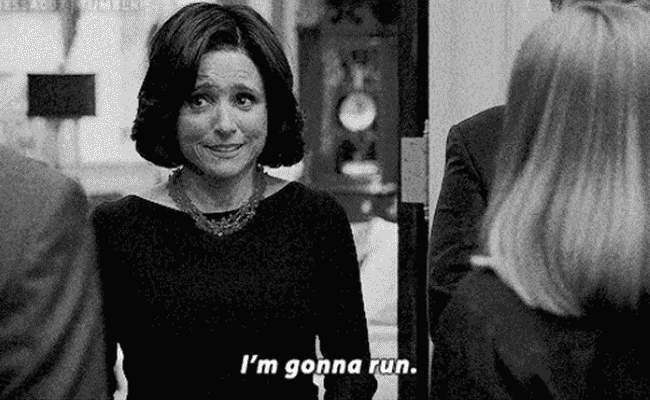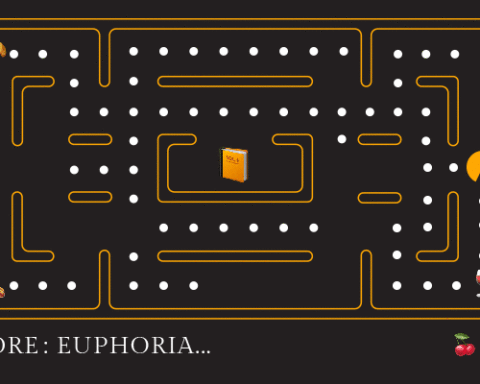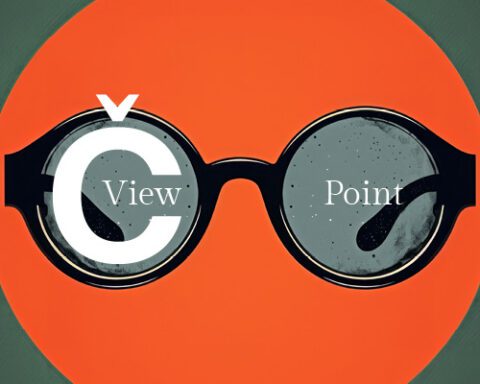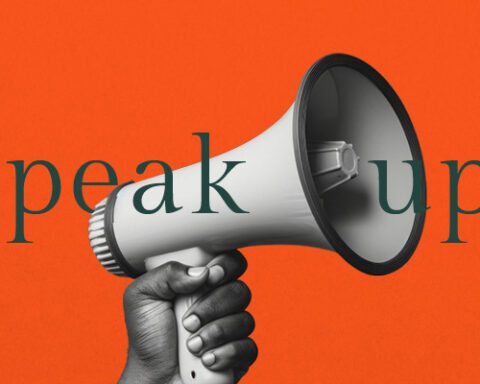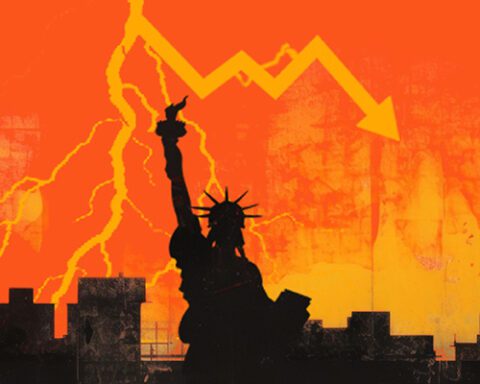It’s hard to pay attention to spreadsheets when there’s so much fun happening out there. In this instance we don’t mean Donald Trump’s near-death experience, or his putative vice-presidential nominee making sworn enemies out of childless women and cats wherever he goes.
Likewise, we’re not referring to the past-due recognition that President Joe Biden had to retire, or what that means for the Democratic Party’s chances in November’s US presidential election.
This isn’t even a commentary on the spotlight hastily falling on Biden’s deputy, Kamala Harris, and the outsize $81m in donor funding she raised within a blistering 24 hours of suddenly becoming her party’s presumptive nominee for the top job.
What we’re actually wasting time on is the creative response to all of this: the GIFs, the videos, the quips on X and clever media comebacks to this Trumpian dystopia (redux).
Kudos must go especially to art directors and designers, with the newsstands peppered with exceptional magazine covers that illustrate the power of visual journalism. It’s a reminder that in a swamp of endless digital content, traditional magazines still pack a considerable punch.
Take New York Magazine and its design director Tom Alberty’s brilliant “Health Issue”, which featured two partially naked and very over the hill cover stars, who also happened to be the men running for America’s top job (well, until July, that is). It was a smart visual way to throw voters’ options into stark soft-around-the-middle focus, encapsulated in one depressing picture.
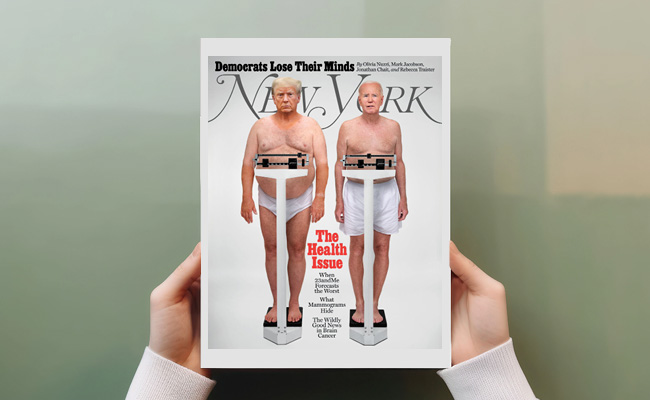
You might also have seen the exceptional series of magazine covers that Time has rolled off the printers. First, following the presidential debate between Biden and Trump, creative director DW Pine had the Democrats’ candidate walking off the cover of the magazine accompanied only by a coverline reading “Panic”.
Following Biden’s decision to withdraw, the same cover popped up – only this time with Biden almost completely off the page, and Harris striding in from the left. No coverlines were needed to get the point across.
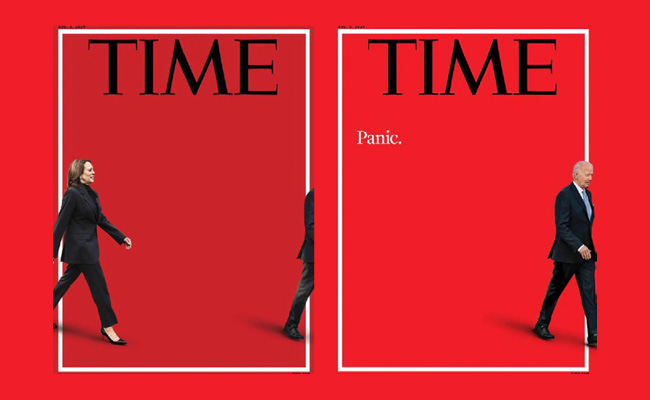
More than satire
Less traditionally, the repurposing of clips and quotes from the best political satire of the past 50 years, Armando Iannucci’s Veep, has provided incisive commentary on the process of chaotic political renewal, which has delighted the Currency team. The sharp and strangely prophetic show dated from 2012 to 2019, appearing to riff off the vain and pathologically unsuited vice-president candidate Sarah Palin as fodder for the character of Selina Meyer, played by Seinfeld stalwart Julia Louis-Dreyfus.
But it is Veep’s portrayal of Meyer’s gleeful response, when she first hears of her boss’s decision not to run for a second term as president, that has been given great play on every platform. Art foreshadowing real life, again.
If you haven’t watched Louis-Dreyfus as the vain and narcissistic Meyer on her quest to occupy the Oval Office, enabled by a sycophantic coterie of self-promoting sociopaths, you’re in for seven years of dirty, smart, genius TV. It’s apt preparation too for one of the most bitterly contested US elections in recent decades, as the Cat Lady squares off against the Pussy Grabber.
Top image: HBO’s Veep featuring Julia Louis-Dreyfus. Giffy.
